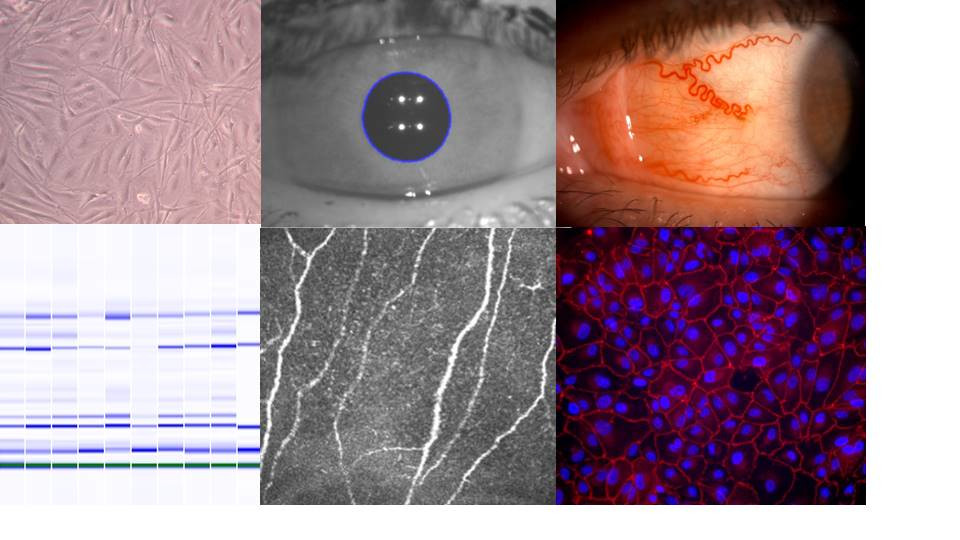Collaborators
Claudia Pancani - TdLB, AOSP, team member
Gloria Astolfi - Università di Bologna grant holder, team member
Dr. Francesca Bonifazi, Dr. Mario Arpinati - UO di Ematologia
Dr. Marco Fusconi, Dr. Gentiana Vukatana - Programma di Reumatologia
Dr. Antonella Marangoni, Dr. Claudio Foschi, Dr.ssa Monica Cricca - UO di Microbiologia
Prof. Alessandra Scagliarini - UNIB-OH One Health International Study Centre
Centre for Applied Biomedical Research - CRBA
Prof. Emanuela Marcelli, Adj. Prof. Nico Curti, Adj. Prof. Enrico Giampieri - eDIMES Lab
Dr. Marina Buzzi - Regional bank of cord blood, cardiovascular tissue, gametes, and donated tissue and organs
Prof. Laura Calzà, Dr. Luca Lorenzini - CIRI-Scienze della Vita e Tecnologie per la Salute-Medicina Traslazionale
Prof. Nadia Lotti, Dr. Michelina Soccio - Department of Civil, Chemical, Environmental and Materials Engineering - DICAM
Prof. Gianandrea Pasquinelli, Dr. Carmen Ciavarella, Dr. Sabrina Valente, Dr. Ilenia Motta - Laboratorio di Patologia Clinica Università di Bologna – Nefro-Vaso Path
Prof. Aldo Roda, Dott. Emanuele Porru - Department of Chemistry "Giacomo Ciamician”
Prof. Gastone Castellani - Alma Mater Research Institute for Human-Centered Artificial Intelligence
